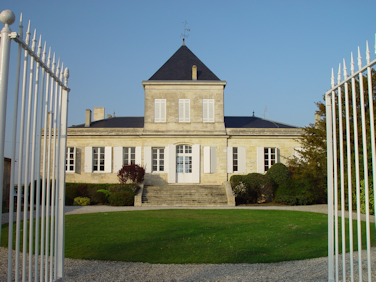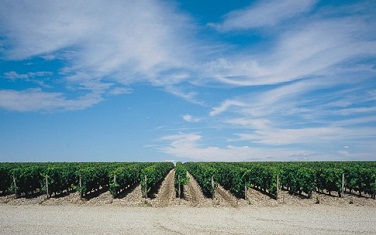Château Brane-Cantenac
Margaux Deuxième cru 1855 The estate was originally called Château Gorce after the family that owned it in he 18th Century, but the story really begins with its purchase by Baron Hector de Brane in 1833. Baron Hector was a well-known figure in the area, earning himself the nickname "Napoléon of the the Vines" and so keen was he to own Château Gorce that he sold Château Brane-Mouton in Pauillac to finance the purchase. Quite how much wisdom there was in ridding himself of the what was to become Château Mouton-Rothschild in order to secure the ownership of a slightly under-performing Second Growth property is debatable, but at the time the wines of the estate were consistently highly(ish) ranked. From the late 19th Century onward Brane-Cantenac followed a familiar Bordelais downward spiral. In 1920, it was purchased by the Societé des Grand Crus de France, owners of (among others) Château Margaux. In 1925, ownership passed to Léonce Récapet and his son-in-law François Lurton, but the real rennaissance of Brane-Cantenac came in 1956 when François' son - the great Lucien Lurton - took over. Today, his son Henri Lurton continues to run Château Brane-Cantenac. The period of Lurton ownership has been good to Brane-Cantenac, and the wines are consistent good performers although not really ranking alongside the best Second Growths of the Haut-Médoc, but this probably says more about the relevance of the 1855 classification than it does about the terroir and wines of Château Brane-Cantenac. Brane-Cantenac sits south-west of the village of Cantenac, next to Cantenac-Brown. There are 75ha of vineyard given over to 55% Cabernet Sauvignon, 40% Merlot, 4.5% Cabernet Franc and a very unusual 0.5% Carmenere. The Grand Vin spends 18 months in wood, of which 50% is new every year. The second wine is called Baron de Brane in honour of Baron Hector who put the estate on the map in the early 19th Century.


